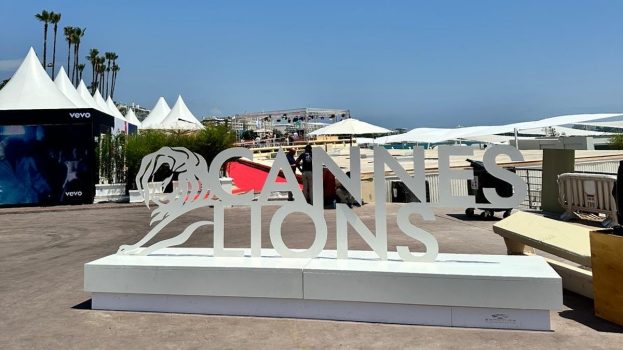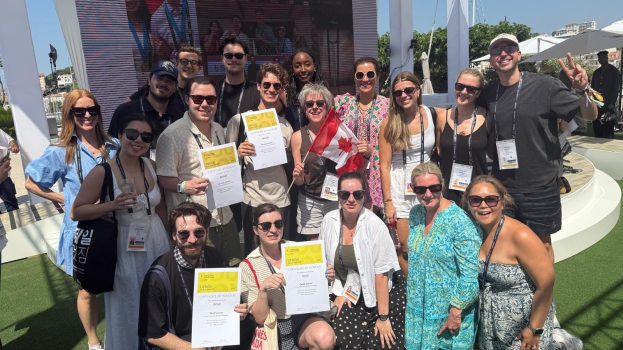Rob Young is a founding partner and senior vice-president, planning and research at Toronto-based Harrison, Young, Pesonen & Newell, one of Canada’s largest media management operations.
I’ve owned a Bugs Bunny mouse pad for years.
That makes me a futurist because Bugs, that famous Time Warner icon, on a mouse pad, which symbolizes all things computer, new media and Internet, turns out to have been a most appropriate symbol of convergence. And I’ve been staring at it every working day, years before Steve Case and Gerald Levin had their recent and now famous meeting in China.
Bugs stands, carrot in hand, stoically dealing with the never-ending rolling of my mouse ball. It was a ‘joke’ pad, given to me by someone who thought I’d appreciate the comedic juxtaposition of an ‘old media’ Looney Tunes’ character with a ‘new media’ accessory.
The joke came to an abrupt end on Jan. 10, 2000 around 8:30 a.m. (EST) when news about the AOL merger with – or is it acquisition of? – Time Warner was released.
The story hit like a bomb. Convergence might have talked the talk in 1999, but on Jan. 10, it walked the walk.
The AOL Time Warner merger was a huge story because it was one of those rare business deals involving two very high profile, consumer-based partners. Most North Americans are familiar with Netscape and Looney Tunes, so the story had meaning for a broad spectrum of the population.
The most fascinating question raised in the media coverage that followed related to the impact on consumers’ day-to-day lives. Post-release conjecture ranged from ‘little’ to ‘significant’. To my mind, if you want to understand the story’s impact on our collective lives, simply examine how you became aware of the news in the first place.
Apparently, the first hint of the merger was posted in cyberspace at 1:54 p.m. EST, Sunday, Jan. 9 by cyber-reporter Minister 7X72001, who posted a message indicating that Ted Turner and AOL executives were meeting at a New York law office. Dow Jones Newswires broke the story about the proposed merger at 3 a.m. EST Monday, Jan. 10 and by 6:03 a.m., the news had become official. At 8:30 a.m., a press release was issued and Webcasts of the press conference were available through the morning.
You might have heard the news on your car radio or perhaps from people gathered at the fax machine in your office. The newspapers missed the story because of timing. For most of us, our examinations of this story, its background and its implications took place on the Internet.
AOL.com was my first stop. I listened to the analysts’ conference call and watched the video stream of the press conference. I downloaded the corporate backgrounders for AOL and Time Warner and refreshed my understanding of the main divisions of each company. I then dialed up CNNfn.com (a Time Warner company) and examined both companies’ annual reports. I read through a great Web article that compared the financial performance of the two organizations. I also tracked down a very useful report that identified other media companies that could be likely candidates for a similar strategic manoeuvre. I checked out each company’s share prices and continued to track the process through the day. By midday, most of us had a full and complete grasp of the story, the competitive set and the deal’s implications.
All of this knowledge and information came to us thanks to the very medium that was in the process of taking out one of the world’s largest ‘old media’ companies.
Twenty-four hours later, the newspaper medium featured the story. Too late. By Tuesday, Jan. 11, there was nothing new to report. There were hundreds of newspaper column inches but little in the way of new knowledge devoted to the subject. Lots of ‘paper’ but not much ‘news’. Such are the ways of the old media when dealing with a new media story.
The moral of this ‘new’ and ‘old’ media story and the implication of the AOL Time Warner development is this: When the quick and powerful connectivity provided by the new media converges with pertinent content – be it dramatic, fast-breaking news or entertainment – old media is rendered irrelevant.
So remember Jan. 10. It was the day they drove old media down.
Send your comments via e-mail to ryoung@hypn.com.


























